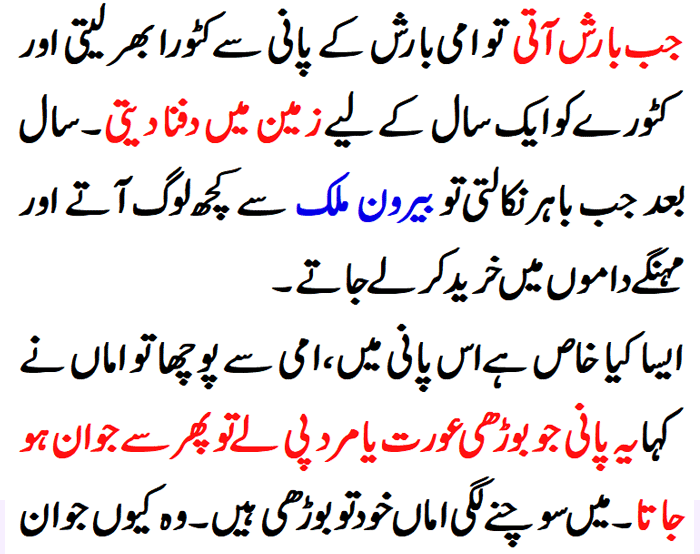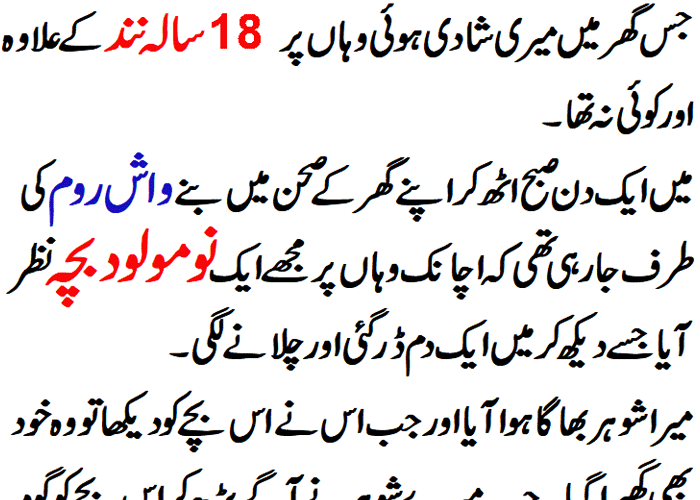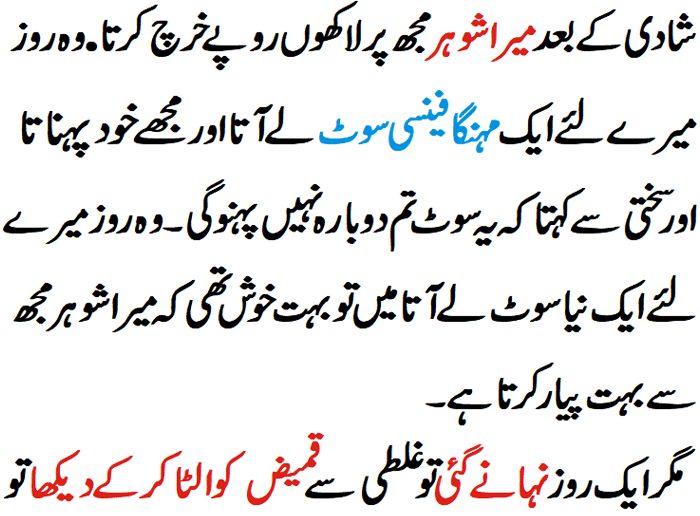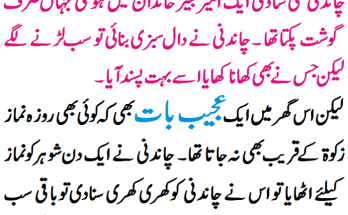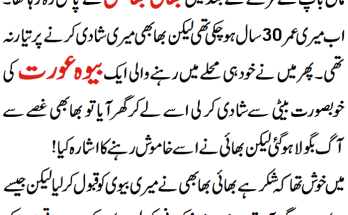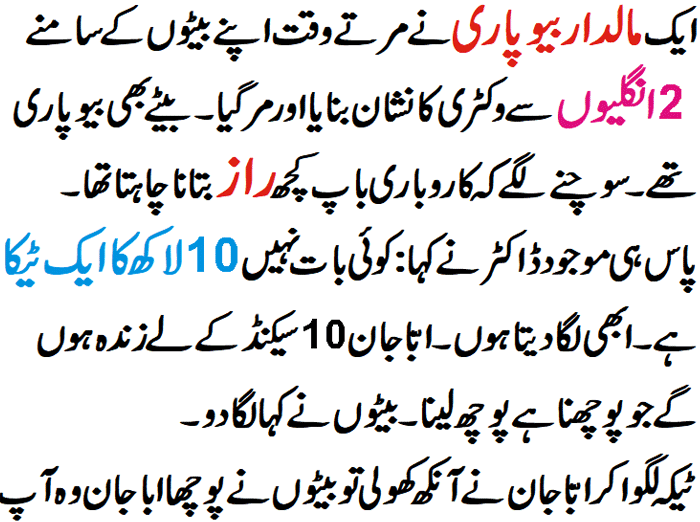
Why Does My Hair Fall During Combing and Bathing?
Hair loss is a common concern, affecting people of all ages and genders. It’s especially noticeable during combing and bathing when clumps of hair may end up in the brush or shower drain. Understanding the reasons behind this can help in finding effective solutions.
Common Causes of Hair Loss
Normal Shedding: The average person loses between 50 to 100 hairs a day. This is part of the natural hair growth cycle, which includes phases of growth, rest, and shedding. Losing hair during combing and bathing is often just a reflection of this cycle.

Genetic Factors: Hereditary hair loss, or androgenetic alopecia, is the most common cause of hair thinning and balding. This genetic condition affects both men and women, though it manifests differently.
Stress: Physical or emotional stress can push hair follicles into a resting phase, leading to increased shedding a few months after the stressful event.

Poor Nutrition: Diet plays a crucial role in hair health. Lack of essential nutrients like vitamins A, C, D, E, zinc, iron, and protein can lead to hair loss.
Hormonal Imbalances: Conditions like thyroid disorders, pregnancy, menopause, and polycystic ovary syndrome (PCOS) can cause hormonal fluctuations that impact hair growth.

Medical Conditions: Certain medical conditions, such as alopecia areata, scalp infections, and autoimmune diseases, can directly cause hair loss.
Hair Care Practices: Frequent use of heat styling tools, harsh chemicals, tight hairstyles, and vigorous brushing can damage hair and lead to breakage and loss.
How to Prevent and Stop Hair Loss Naturally
Preventing and stopping hair loss naturally involves a combination of lifestyle changes, dietary adjustments, and gentle hair care practices.
Lifestyle Changes
Reduce Stress: Engage in stress-reducing activities like yoga, meditation, deep breathing exercises, or hobbies you enjoy. Adequate sleep is also crucial for overall health and hair growth.
Avoid Tight Hairstyles: Styles that pull on the hair, such as ponytails, braids, or buns, can cause traction alopecia. Opt for looser hairstyles to minimize stress on the hair.
Quit Smoking: Smoking can impair blood circulation to the scalp, reducing hair growth. Quitting smoking can improve overall health and support healthy hair growth.
Dietary Adjustments
Balanced Diet: Ensure your diet includes a variety of fruits, vegetables, whole grains, lean proteins, and healthy fats. Foods rich in vitamins and minerals support hair health.
Stay Hydrated: Drinking plenty of water helps maintain overall health, including the health of your scalp and hair.
Supplements: If you’re not getting enough nutrients from your diet, consider taking supplements like biotin, vitamin D, zinc, and iron. However, consult with a healthcare professional before starting any supplements.
Gentle Hair Care Practices
Use Mild Shampoos: Choose shampoos that are free from sulfates and parabens. These chemicals can strip the hair of its natural oils, causing dryness and breakage.
Condition Regularly: Use a good conditioner to keep your hair moisturized and reduce breakage. Focus on the ends of your hair to prevent split ends.
Avoid Heat Styling: Minimize the use of hair dryers, curling irons, and straighteners. When using these tools, apply a heat protectant spray to reduce damage.
Be Gentle: Avoid vigorous brushing or towel drying. Use a wide-toothed comb to detangle wet hair gently, and pat your hair dry with a soft towel.
Hair Shampoo and Treatment Options
When natural methods aren’t enough, various shampoos and treatments can help manage hair loss. It’s essential to choose products that suit your hair type and address specific issues.
Shampoos
DHT-Blocking Shampoos: Dihydrotestosterone (DHT) is a hormone linked to hair loss. Shampoos containing ingredients like ketoconazole saw palmetto, and pumpkin seed oil can help reduce DHT levels on the scalp.
Nourishing Shampoos: Look for shampoos with ingredients like biotin, collagen, and keratin. These can strengthen hair and promote growth.
Medicated Shampoos: For scalp conditions like dandruff or psoriasis, medicated shampoos containing coal tar, salicylic acid, or zinc pyrithione can provide relief and support healthy hair.
Treatments Options
Minoxidil: Over-the-counter minoxidil (Rogaine) is a topical treatment applied to the scalp. It can help stimulate hair growth and slow down hair loss.
Prescription Medications: For more severe hair loss, doctors may prescribe medications like finasteride (Propecia) for men, which reduces DHT levels in the body.
Platelet-Rich Plasma (PRP) Therapy: This treatment involves injecting your blood plasma into the scalp. The platelets contain growth factors that can stimulate hair follicles.
Hair Transplants: In cases of significant hair loss, hair transplant surgery can provide a permanent solution by moving hair follicles from one part of the scalp to another.
Hair loss during combing and bathing can be concerning, but understanding the underlying causes can help you take effective action. By making lifestyle changes, adjusting your diet, and adopting gentle hair care practices, you can naturally reduce hair loss. Additionally, various shampoos and treatments are available to address more severe cases. Always consult with a healthcare professional or a dermatologist to determine the best course of action for your specific situation. With the right approach, you can maintain healthy, strong hair.

